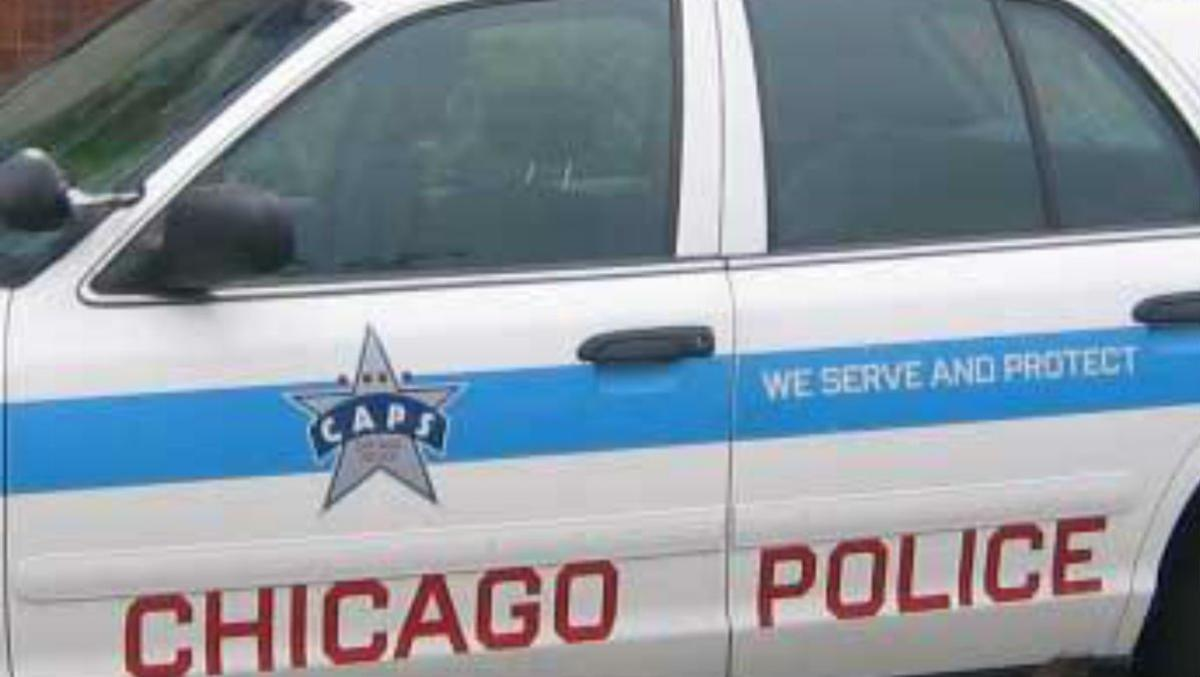As COVID-19 cases take an uptick in Illinois, health officials are monitoring symptoms, updating guidelines and evaluating precautions to ensure areas remain at low transmissibility levels.
On Thursday, the Illinois Department of Public Health issued a warning as coronavirus case rates are "slowly rising in many areas of the state," saying residents "should be paying close attention to conditions in their local communities."
In the same notice, the health agency urged vaccinations and booster shots for eligible populations.
Here's what to know as cases continue to rise:
What are the latest COVID metrics for Illinois?
Illinois health officials reported 14,049 new COVID-19 cases over the past week, along with 45 additional deaths, marking a small increase in cases following weeks of decline, but a continued decline in deaths.
The previous week, 10,786 the state reported and 71 deaths. The week before that, 8,426 new cases and 87 deaths were reported.
Local
In all, 3,094,485 cases of coronavirus have been reported in the state since the pandemic began, according to the latest data from the Illinois Department of Public Health. The additional deaths bring the state to 33,510 confirmed COVID fatalities.
As of midnight Thursday, 464 patients were hospitalized due to COVID in the state. Of those patients, 70 are in ICU beds, and 32 are on ventilators, both of which have decreased in the last seven days.
Feeling out of the loop? We'll catch you up on the Chicago news you need to know. Sign up for the weekly Chicago Catch-Up newsletter.
What are symptoms to watch for?
The “stealth omicron” subvariant, BA.2, has only been the dominant strain of COVID in the United States for less than a month, but the Centers for Disease Control and Prevention now believes that it is responsible for more than 80% of new cases of the virus.
Dr. Gregory Huhn, an infectious disease physician and the COVID vaccine coordinator for Cook County Health, noted that while original omicron strain led to more upper respiratory symptoms, it remains too early to tell if BA.2 will continue that trend.
"I don't know if we, right now, know the particular features that are distinct for BA.2 versus BA.1. I mean, for BA.1, we knew that it was mostly an upper respiratory-type infection rather than the lower respiratory infections that can lead toward pneumonia and further and greater complications," he said.
Still, NBC News reported symptoms associated with BA.2 seem to largely mirror a small number of symptoms commonly reported in omicron infections. Those include:
- Cough
- Fatigue
- Congestion
- Runny Nose
Anecdotal reports have suggested that dizziness could be a possible symptom, but they are so far unfounded.
Health officials have also noted that, though not impossible, the new COVID variants are less likely to cause loss of taste and smell like in initial cases.
What is COVID's incubation period and how long are you contagious?
The CDC late last year shifted the time for COVID-19 quarantine and isolation to reflect growing evidence that suggests transmission, specifically from the omicron variant, often occurs one to two days before the onset of symptoms and during the two to three days afterward.
For those without symptoms, CDC guidance states they are considered contagious at least two days before a positive test. The CDC states that anyone who may have been exposed to someone with COVID should test five days after their exposure, or as soon as symptoms occur.
Under CDC recommendations, those who have been within six feet of someone with COVID for a cumulative total of at least 15 minutes over a 24-hour period should quarantine for five days if unvaccinated, or if they are more than six months out from their second vaccine dose.
Once that period ends, they should partake in strict mask use for an additional five days.
Individuals who are both fully vaccinated and boosted do not need to quarantine if they are a close contact of someone with COVID, but should wear a mask for at least 10 days after exposure. The same goes for those who are fully vaccinated and not yet eligible for their booster shot.
People who are positive for COVID should stay home for five days, according to guidance.
At the end of the period, if you have no symptoms, you can return to normal activities but must wear a mask everywhere — even at home around others — for at least five more days.
If you still have symptoms after isolating for five days, stay home until you feel better and then start your five days of wearing a mask at all times.
How many counties are at "low" COVID risk?
As of Friday, all 102 counties, except for one, were experiencing low community levels, the least severe of the three levels to describe COVID community transmission, as defined by the CDC.
Champaign County is said to be at a medium community level, the second-highest level of COVID transmission risk. According to the CDC, the county was experiencing 374.84 cases per 100,000, 5.3 new COVID admissions per 100,000 people and 1% of staffed in-person beds in use by patients with confirmed COVID.
People in green and yellow counties, with low and medium COVID levels, respectively, do not need to wear masks. People in yellow counties who are at high risk of severe illness from COVID should consult with their physician about whether they should wear a mask or take other precautions.
In places with low community transmission, residents are encouraged to stay up to date with COVID vaccines and boosters, and maintained improved ventilation throughout indoor spaces when possible.
As of Friday, no communities were said to be experiencing high transmission, a marked improvement from a week earlier. Last week, Gallatin, Hardin, Pope and Saline counties were listed as having high community levels.
Has there been an update to Chicago's travel advisory?
According to an update Friday, the Chicago Department of Public Health is advising residents who travel to areas of the country deemed medium or high COVID risk by the CDC to take precautions against the disease.
CDPH issued recommendations following the latest update to the CDC's county-by-county community levels map, which lists 5.9% of counties in the U.S. and Puerto Risk as medium or high risk for COVID.
Most states still have low COVID-19 levels, according to health officials, but states such as Maine, New Hampshire, Vermont and New York have medium to high COVID-19 risk levels, based on the CDC's COVID-19 community levels.
As of Friday, 14 U.S. counties have high risk community levels, an improvement from 19 counties last week. Overall levels have declined in the past several days, with 175 counties listed as medium risk this week compared to 123 last week.
Are masks still required anywhere in Chicago?
The Biden administration announced this week that the nationwide mask requirement for public transportation systems will be extended for two weeks.
The requirement to wear a mask on airplanes, in airports and on buses and trains was set to expire on April 18. It will now extend through May 3, 2022.
According to the latest guidance from the Centers for Disease Control and Prevention, a mask is still required on public transportation, such as Chicago Transit Authority's buses and trains, Metra lines, Amtrak and airplanes.
Ride-share vehicles, including taxis, Ubers and Lyfts, also continue to require masks during travel, and will issue a penalty for customers without a face covering.
The mask requirement has remained in place even after the CDC announced a shift in COVID-19 guidance in late February, saying most Americans are safe without a mask in indoor settings.



